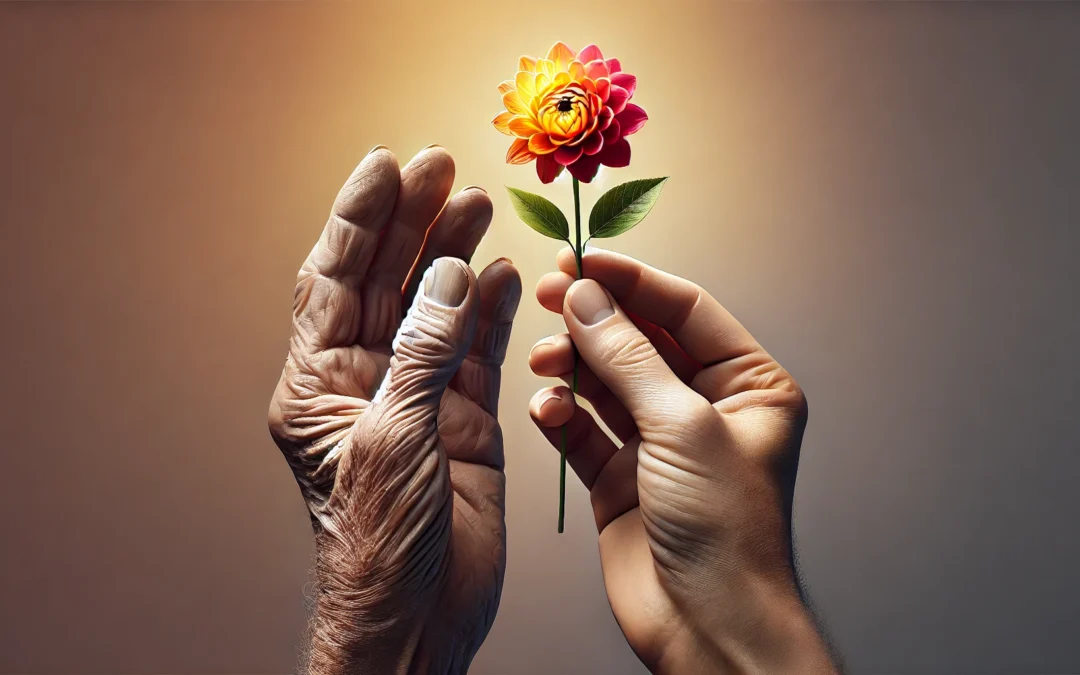Cultural change is all around us, from the way we communicate to the food we eat. Think about how often you use emojis or GIFs to express yourself in a text message. Just a few decades ago, these digital symbols didn’t even exist, yet now they’re a universal language. This is a simple example of how culture evolves and adapts to new technologies and ideas. It’s fascinating to see how quickly things can shift, making our world feel both familiar and new at the same time.
Consider the popularity of plant-based diets. Not long ago, vegetarianism and veganism were considered niche lifestyles. Today, plant-based options are everywhere, from fast food chains to fancy restaurants. This shift reflects broader changes in how people think about health, the environment, and animal rights. Cultural change can be seen in these everyday choices, showing how our collective values and priorities are constantly being reshaped. Understanding these changes helps us connect with others and navigate the world more effectively.
Understanding Cultural Change
Cultural change refers to the dynamic process through which the shared beliefs, values, norms, behaviors, and artifacts of a society or community evolve over time. This transformation can occur due to a variety of factors, including technological advancements, economic shifts, political movements, or social interactions with other cultures. Cultural change can manifest in many ways, such as changes in language, lifestyle, traditions, or social practices.
At the core of cultural change is the adaptation of a society to new ideas and influences, which can lead to significant shifts in how individuals and groups perceive the world and interact with one another. This process can be gradual, as seen with the slow adoption of new technologies or ideas, or more rapid, as in the case of revolutionary movements or significant historical events.
Cultural change is essential for societies to progress and adapt to new challenges and opportunities. It allows for innovation, diversity, and the integration of new perspectives, ultimately contributing to the richness and complexity of human experience. Understanding cultural change is crucial for businesses, educators, policymakers, and anyone interested in fostering positive social development, as it helps them anticipate shifts in cultural dynamics and respond effectively to the evolving needs and values of their communities.
The Best Examples of Cultural Change
Cultural change shapes how societies evolve and adapt over time. These examples highlight pivotal moments and movements that transformed norms, values, and ways of life.
1. The Influence of K-Pop
K-Pop, originating from South Korea, has grown into a global cultural phenomenon. Its catchy music, elaborate choreography, and visually stunning videos have captivated audiences worldwide. K-Pop’s international success has not only boosted South Korea’s cultural influence but also fostered cross-cultural exchanges and fan communities globally.
2. Women’s Suffrage Movement
The women’s suffrage movement in the late 19th and early 20th centuries is a classic example of cultural change. Women fought tirelessly for their right to vote, challenging societal norms and expectations. This movement not only altered the political landscape but also shifted cultural perceptions about gender roles and equality.
3. The Civil Rights Movement
In the United States during the 1950s and 1960s, the Civil Rights Movement sought to end racial segregation and discrimination against African Americans. Leaders like Martin Luther King Jr. inspired change through peaceful protests and powerful speeches. This movement led to significant legal and societal changes, promoting a culture of equality and justice.
4. The Rise of Digital Technology
The advent of digital technology has drastically changed cultures worldwide. The internet and smartphones have transformed the way people communicate, work, and access information. This shift has led to new cultural norms surrounding connectivity, privacy, and the speed of information exchange.
5. Environmental Awareness and Action
In recent decades, there has been a significant cultural shift towards environmental awareness. People are more conscious of their impact on the planet, leading to changes in consumer behavior and policy. This cultural change has spurred movements towards sustainability, influencing everything from fashion to energy consumption.
6. The LGBTQ+ Rights Movement
The fight for LGBTQ+ rights has led to profound cultural changes over the past few decades. From the legalization of same-sex marriage to increased visibility and acceptance, this movement has challenged traditional notions of society and identity. It has created a more inclusive society that celebrates diversity.
7. The #MeToo Movement
The #MeToo movement brought attention to sexual harassment and assault, especially in the workplace. By encouraging people to speak out, it has led to a cultural shift in how these issues are perceived and addressed. Organizations and individuals are now more aware of the importance of consent and respect.
8. Globalization and Cultural Exchange
Globalization has facilitated the exchange of ideas, goods, and cultures across borders. This has led to a blending of cultural practices and the emergence of new cultural identities. While some fear the loss of traditional cultures, others celebrate the diversity and innovation that globalization brings.
9. The Impact of Social Media
Social media platforms have changed the way people interact and share information. They have given rise to new cultural phenomena, such as influencers and viral trends. Social media has also played a role in political movements and social change by providing a platform for voices that might otherwise go unheard.
10. Shifts in Family Structures
Over the years, there has been a shift in traditional family structures. More people are embracing diverse family dynamics, including single-parent households and blended families. This change reflects evolving cultural attitudes towards marriage, parenting, and individual choice.
11. The Popularity of Veganism
The rise of veganism represents a cultural shift towards plant-based diets and ethical consumption. As more people become aware of animal welfare and environmental issues, veganism has moved from a niche lifestyle to a more mainstream choice. This change is reflected in the increasing availability of vegan products and options in restaurants and supermarkets.
12. The Renaissance
The Renaissance was a period of great cultural rebirth in Europe, spanning the 14th to the 17th century. It marked a resurgence of interest in classical philosophy, art, and science, leading to significant advancements in these fields. This era transformed European society by emphasizing humanism, encouraging a spirit of inquiry and exploration.
13. The Spread of Buddhism
Originating in India in the 5th century BCE, Buddhism spread across Asia, profoundly impacting the cultures it touched. It introduced new philosophical ideas about suffering, enlightenment, and compassion. As Buddhism integrated into local traditions, it influenced art, architecture, and societal values, creating a lasting legacy.
14. Hip-Hop Culture
Emerging in the 1970s in the Bronx, New York, hip-hop culture reshaped music, fashion, and language. What started as a form of expression for marginalized communities evolved into a global phenomenon. Hip-hop challenged social norms and provided a powerful platform for addressing social issues.
15. The Industrial Revolution
The Industrial Revolution, beginning in the late 18th century, dramatically changed societies, especially in Europe and North America. It introduced mechanized production, leading to urbanization and altering lifestyles. This shift not only transformed economies but also influenced social structures and cultural norms.
16. Yoga’s Global Influence
Yoga, with roots in ancient India, has become a worldwide practice promoting physical and mental well-being. Its adoption across different cultures has led to variations that blend traditional elements with modern wellness practices. This cultural exchange has popularized mindfulness and holistic health.
17. The Punk Movement
The punk movement of the 1970s was a rebellious response to mainstream culture. It emphasized individuality and anti-establishment sentiments, influencing music, fashion, and attitudes. Punk’s raw energy and DIY ethic inspired generations to question authority and embrace creativity.
18. The Harlem Renaissance
The Harlem Renaissance was a cultural revival of African American art, literature, and music in the 1920s and 1930s. Centered in Harlem, New York, it celebrated black identity and creativity, challenging racial stereotypes. This movement left a lasting impact on American culture and arts.
19. The Cultural Revolution in China
The Cultural Revolution, launched by Mao Zedong in 1966, aimed to reinforce communism by removing capitalist and traditional elements from Chinese society. It led to significant upheaval, affecting education, arts, and daily life. This period of intense change left a complex legacy still debated today.
20. The New Age Movement
The New Age movement, gaining momentum in the late 20th century, brought a blend of spiritual and metaphysical beliefs to Western culture. It encouraged alternative healing practices, holistic living, and a focus on personal spirituality. This cultural shift has influenced wellness industries and personal development approaches.
Challenges and Controversies in Cultural Change
Cultural change is never simple. While it can bring progress, it also raises challenges. People often resist change because it feels like a threat to the values they hold dear. Traditions, passed down through generations, provide a sense of identity and stability. Losing them can feel like losing a part of who we are.
One common issue is the fear of losing traditional values. For example, as more people adopt digital communication, the art of face-to-face conversation may decline. Many worry that these changes weaken relationships and diminish empathy.
Cultural appropriation is another contentious topic. Borrowing elements from another culture without understanding or respecting their meaning can cause harm. For instance, using religious symbols as fashion accessories might offend the people for whom those symbols are sacred. While some view such exchanges as a celebration of diversity, others see them as exploitation.
Conflicts between progressives and conservatives also arise during cultural shifts. Progressives often push for change, arguing that it leads to fairness and innovation. Conservatives, on the other hand, may argue for preserving the status quo, seeing rapid change as destabilizing. This clash is evident in debates over issues like marriage equality, gender identity, or immigration.
Cultural change is also risky because its outcomes are uncertain. The impact of new practices can’t always be predicted. What seems innovative today might lead to unforeseen problems tomorrow. For example, the rise of social media has improved global connectivity, but it has also contributed to mental health issues and misinformation.
Not all change is good. History is filled with examples of negative cultural shifts. Extremist ideologies, for instance, have sometimes gained traction, leading to violence and oppression. This highlights the importance of questioning and analyzing changes before fully embracing them.
Ultimately, cultural change forces us to balance progress with caution. By engaging in thoughtful discussions and considering the long-term effects, societies can strive to adopt changes that benefit everyone without losing what makes them unique.
Key Drivers of Cultural Change
Cultural change happens when the shared beliefs, practices, and traditions of a group begin to shift. Several powerful forces drive these changes, shaping the way we live and interact. Understanding these drivers helps us see why and how societies evolve.
One of the biggest influences is technological advancements. New tools and platforms reshape how we communicate, work, and connect. For instance, the rise of smartphones has altered social norms around availability and instant communication. Similarly, streaming platforms have changed how we consume entertainment, moving us away from scheduled TV to on-demand viewing.
Globalization is another significant factor. As people and goods move across borders, so do ideas and traditions. Cultural exchange has led to a fusion of practices, like food from one part of the world becoming a staple in another. At the same time, globalization can create tension, as local traditions may feel threatened by outside influences.
Migration also plays a key role. When people relocate, they bring their customs and values with them. These new cultural elements can enrich a community, but they can also cause friction as societies adjust to diversity. For example, multilingual education programs often emerge in areas with large immigrant populations.
Economic shifts influence cultural norms as well. When a society’s financial structure changes, so do its values and lifestyles. During periods of economic growth, consumerism often increases, while recessions may lead to more frugality and community-based support systems.
Political movements are also pivotal. Campaigns for civil rights, gender equality, or workers’ rights often bring profound cultural shifts. For example, the women’s suffrage movement not only secured voting rights but also changed perceptions of women’s roles in society.
Finally, power dynamics shape cultural change. Leaders and institutions wield influence, sometimes pushing societies toward progress and other times holding them back. For instance, governments may promote cultural unity through education, but oppressive regimes may stifle diversity and enforce conformity.
These drivers often interact. For example, technological innovations can fuel globalization, which in turn can drive migration. Together, they create a complex web of influences that guide cultural evolution.
Technology’s Influence on Social Norms
The rapid advancement of technology has had a profound impact on social norms, reshaping how we communicate, work, and interact with one another. Smartphones, social media, and instant messaging have made communication faster and more accessible, but they have also altered expectations around availability and response times. It is now common for people to expect quick replies to messages, which can create a sense of urgency that didn’t exist before.
Moreover, technology has redefined the concept of privacy. With the rise of social media platforms, sharing personal information online has become a norm, blurring the lines between public and private life. This shift has led to new conversations around digital etiquette and the need for boundaries in online interactions.
Workplaces have also evolved due to technological advancements. Remote work, once a rarity, has become a standard option for many companies, thanks to video conferencing tools and collaborative software. This change has prompted organizations to rethink traditional office culture, leading to more flexible work arrangements and a focus on work-life balance.
Additionally, technology has influenced social activism. Social media has become a powerful tool for raising awareness and organizing movements, enabling people to rally around causes more efficiently than ever before. This has democratized activism, allowing voices from diverse backgrounds to be heard and mobilized.
In essence, technology has not only changed how we perform everyday tasks but also how we perceive and engage with the world around us. As technology continues to evolve, so too will the social norms that govern our interactions, highlighting the dynamic nature of cultural change.
Migration and Its Role in Cultural Change
Migration is another key factor in cultural change, as it brings together diverse groups of people, each with their own customs and traditions. When individuals move to a new country or region, they bring with them their cultural heritage, which can influence the host society in various ways. This exchange of cultural traits can lead to the blending of traditions, resulting in new cultural practices that enrich the social fabric. For instance, food, language, and art are often areas where the impact of migration is most visible, as new flavors, words, and styles emerge from the fusion of different cultures.
On the other hand, migration can also lead to cultural tensions, as differences in beliefs and practices may challenge existing social norms. This can create a push and pull between preserving cultural identity and assimilating into the dominant culture. It is crucial for societies to foster an environment of inclusivity and understanding to facilitate positive cultural change. By embracing diversity, communities can leverage the benefits of migration, such as innovation and economic growth, while promoting social cohesion. As global migration patterns continue to evolve, the role of migration in cultural change will remain a significant area of study and discussion.
Cultural Change in the Workplace
Workplaces are not immune to cultural change. In fact, they are often at the forefront. As societies evolve, so do the expectations of employees and employers. Diversity and inclusion are more than just buzzwords. They are now essential components of a modern workplace. Companies are recognizing the value of diverse perspectives. This shift is not only about fairness. It’s about better business outcomes. Studies show that diverse teams are more innovative and perform better.
Remote work is another factor influencing workplace culture. The pandemic accelerated this trend. Now, many companies offer flexible work arrangements. This change impacts how teams collaborate and communicate. It requires new skills and tools to maintain productivity and connection. But it also offers employees more work-life balance. The traditional 9-to-5 office job is becoming less common. Adaptability is key in this new work environment. Companies that embrace these cultural changes are more likely to thrive. Yet, it’s not always easy. Change can be met with resistance and requires careful management.
Read also: 30 Examples of Attention & Definition
The Most Popular on BitGlint
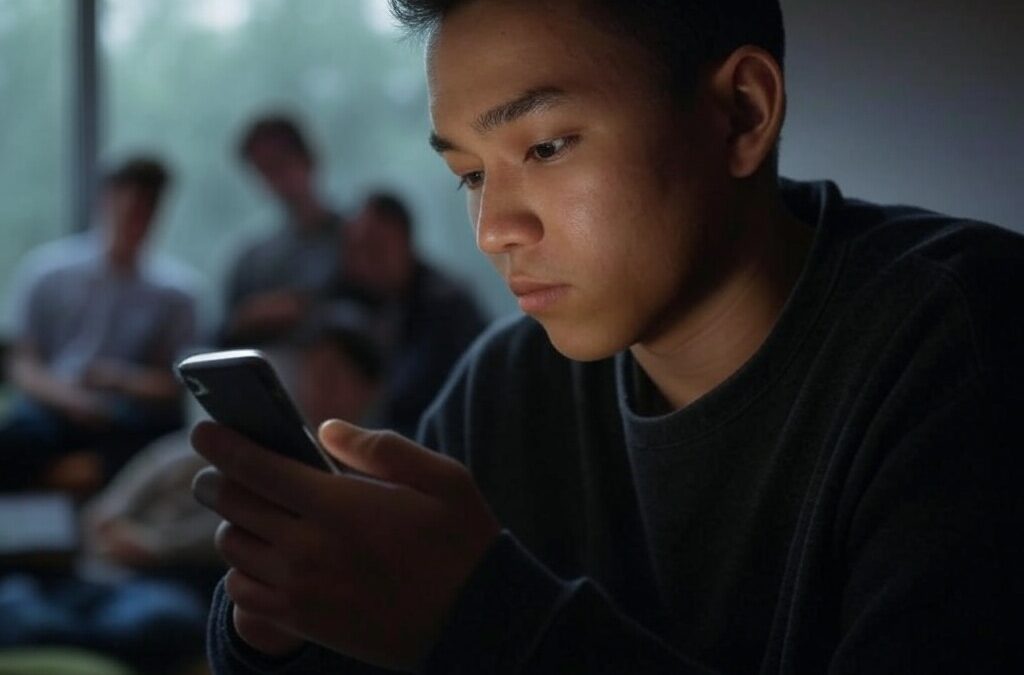
40 Social Dilemma Examples in the World & Real Life
Social dilemmas are everywhere. They shape the choices we make at work, in our communities, and even on a global...

30 Favor Examples & Definition
Doing a favor means helping someone without expecting anything in return. It’s an act of kindness that can strengthen...
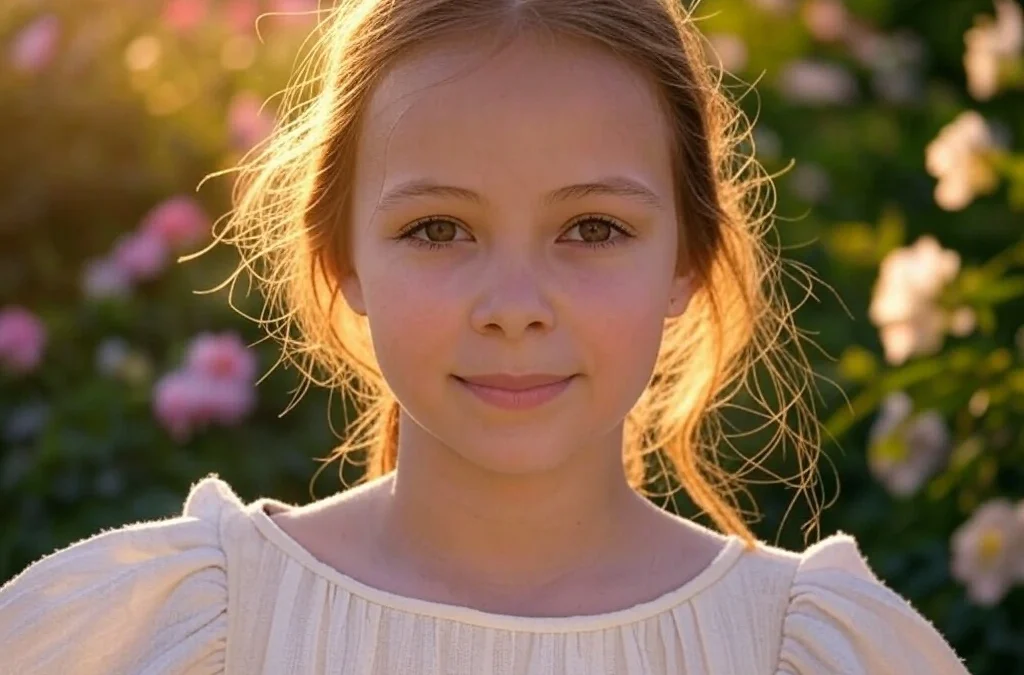
30 Naivety Examples & Definition
Naivety is something most people experience at some point in their lives. It often starts in childhood, but for some,...

20 Chronology Examples & Meaning
Chronology is something we use more than we realize. It shows up in conversations, in how we remember the past, and in...
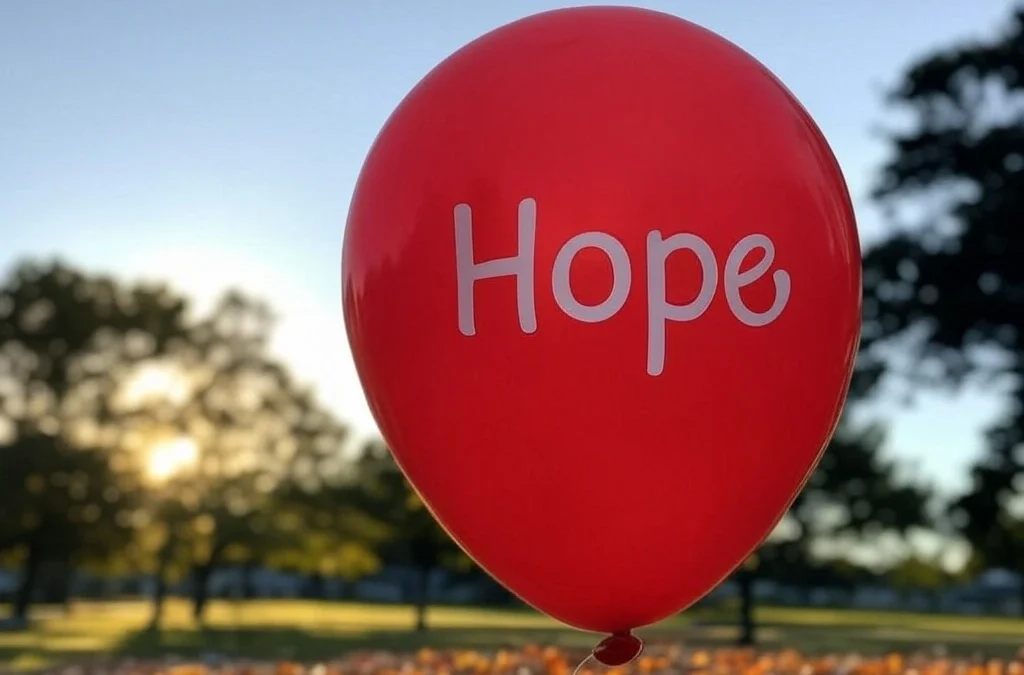
30 Wishful Thinking Examples & Meaning
Wishful thinking is something we all do at some point. You hope things will turn out fine—even if there’s no real...

20 Examples of Gravity & What Gravity Really Is
Gravity is one of the most important forces in the universe, but many people don’t fully understand what it really is...

20 Examples of Secondary Consumers in the Food Chain
Secondary consumers are animals that eat other animals—usually herbivores that feed on plants. They’re an important...
Get Inspired with BitGlint
The Latest
30 Flow State Examples & Definition
Most people have felt it at some point — that rare moment when everything just clicks. You're working, moving, or thinking, and suddenly it's like the rest of the world fades out. You're focused, clear, and everything you're doing feels smooth and natural. That’s...
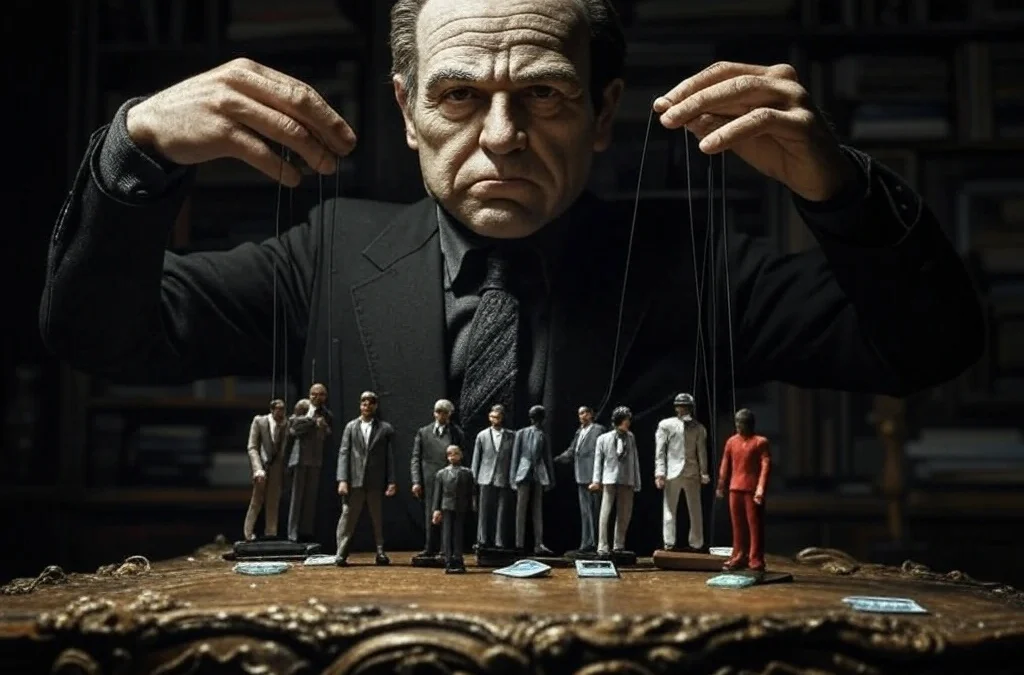
30 Cynicism Examples in Everyday Life & Definition
Cynicism is something most people have seen, heard, or even felt - but few stop to really think about what it means. It shows up in jokes, in conversations, and in quiet thoughts we don’t always say out loud. Some people wear it like armor. Others see it as honesty....
50 Examples of Square Things
Square things are part of everyday life, even if we don’t always think about them. From objects we use at home to tools, packaging, and design elements we see out in the world, the square shape is everywhere. It’s simple, balanced, and practical — which is exactly why...
20 Hinduism Examples: Symbols, Gods & Core Beliefs
Hinduism is practiced by over a billion of people every day - but for those unfamiliar with it, it can seem complex or even confusing. With its many gods, rituals, and traditions, it raises a lot of questions. What do Hindus actually believe? What are the main...

